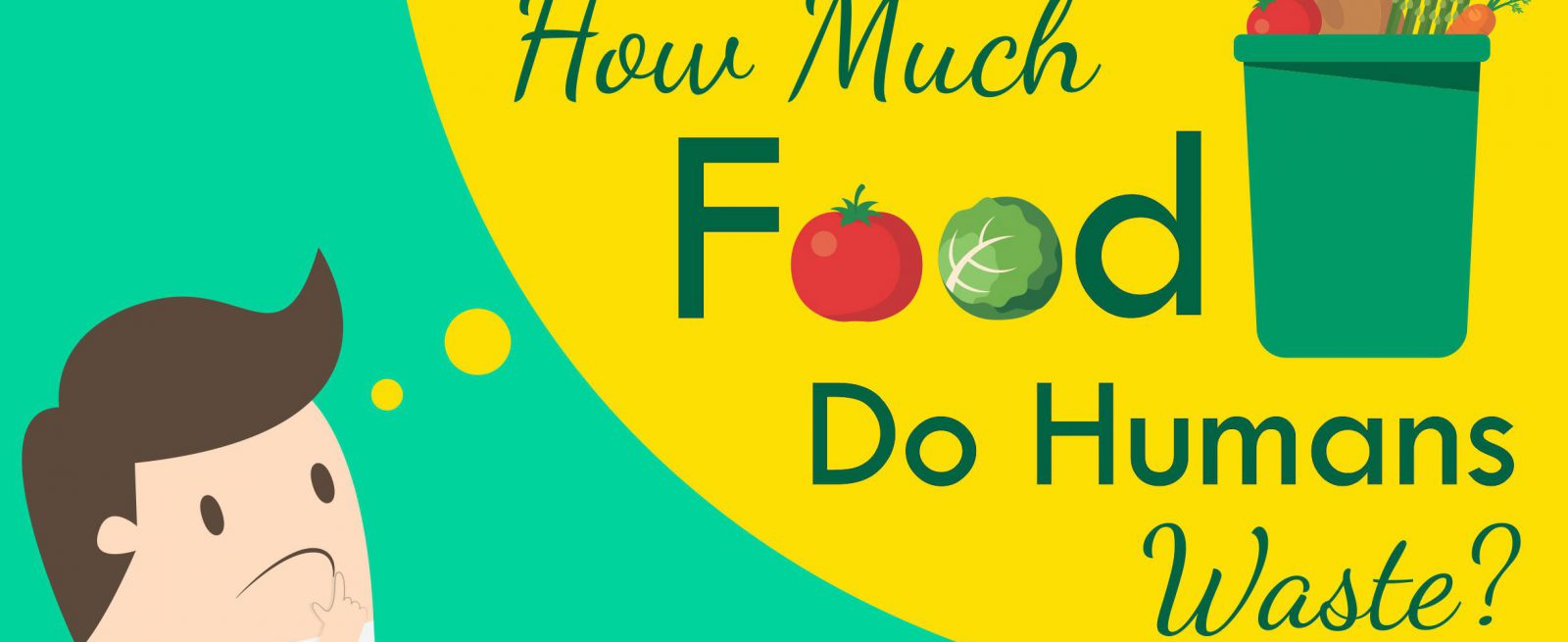Are You Going to Eat That? (Infographic)
2 Min Read By Tiffany McAdams
Humans are picky when it comes to food. They want it to push every flavor button and be beautiful on the plate, especially when dining out. Many equate food’s appearance with quality at the grocery store. This mindset (plus other practices) contributes to a shocking amount of food waste in the United States.
The most recent study estimates up to one third of the world’s food is wasted from harvest to meal. To put that in perspective, that’s enough food to feed three billion people. Retailers dump up to 43 billion pounds of food each year, some that never made it to market because it was “ugly” and the rest because of spoilage.
As a restaurant owner, manager or chef, you understand the effects to the bottom line of this waste. You’ve probably seen fruits and vegetables become science experiments, witnessed a preparation tossed due to some imperfection or issue, and viewed uneaten meals go straight to the trash bin. It’s painful to watch if you’re responsible for the income statement.
The United States is finally starting to realize what a huge problem this is. Organizations such as the Food Recovery Network, Hungry Harvest and MealConnect are taking steps to ensure unsold and “ugly” food fills bellies instead of dumps. Restaurants have an opportunity to partner with organizations like these to ensure unused food and unsold meals are part of the solution rather than the problem. The USDA is educating consumers about “use by” and “sell by” dates to help reduce the dumping of still edible food.
It may take some time to move the needle on food waste. Education and awareness with kitchen staff, food purchase tracking and proper storage, and partnering with food recovery organizations contribute to reducing the quantity and cost of food waste.



